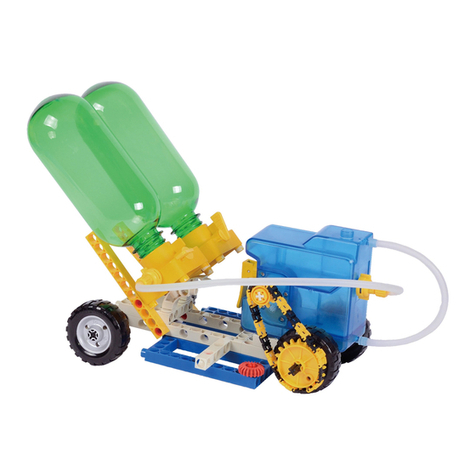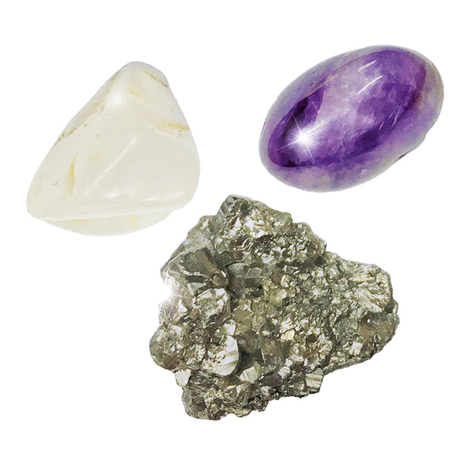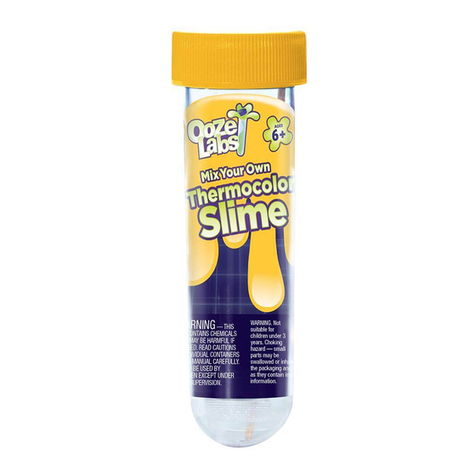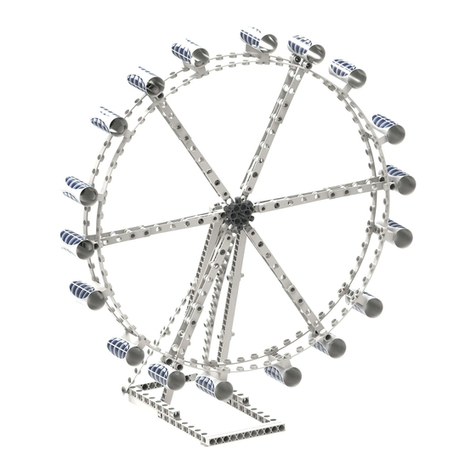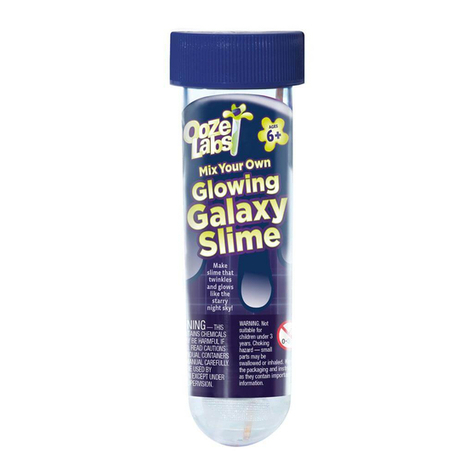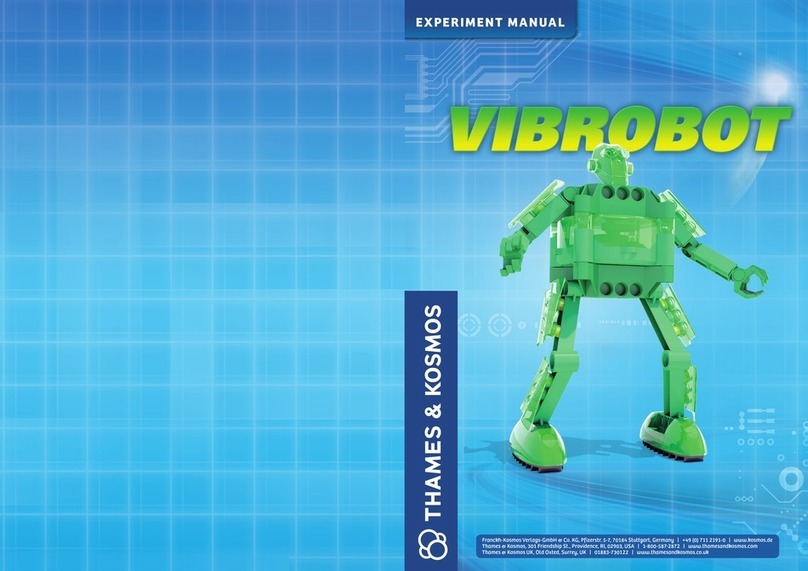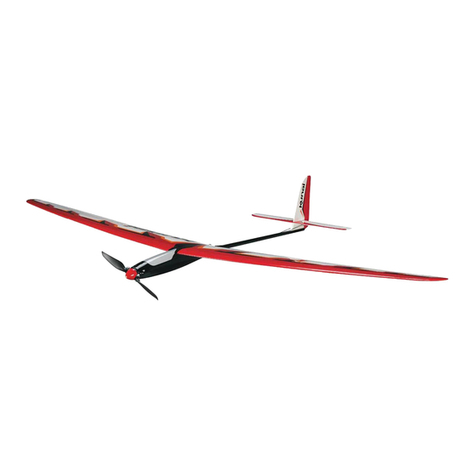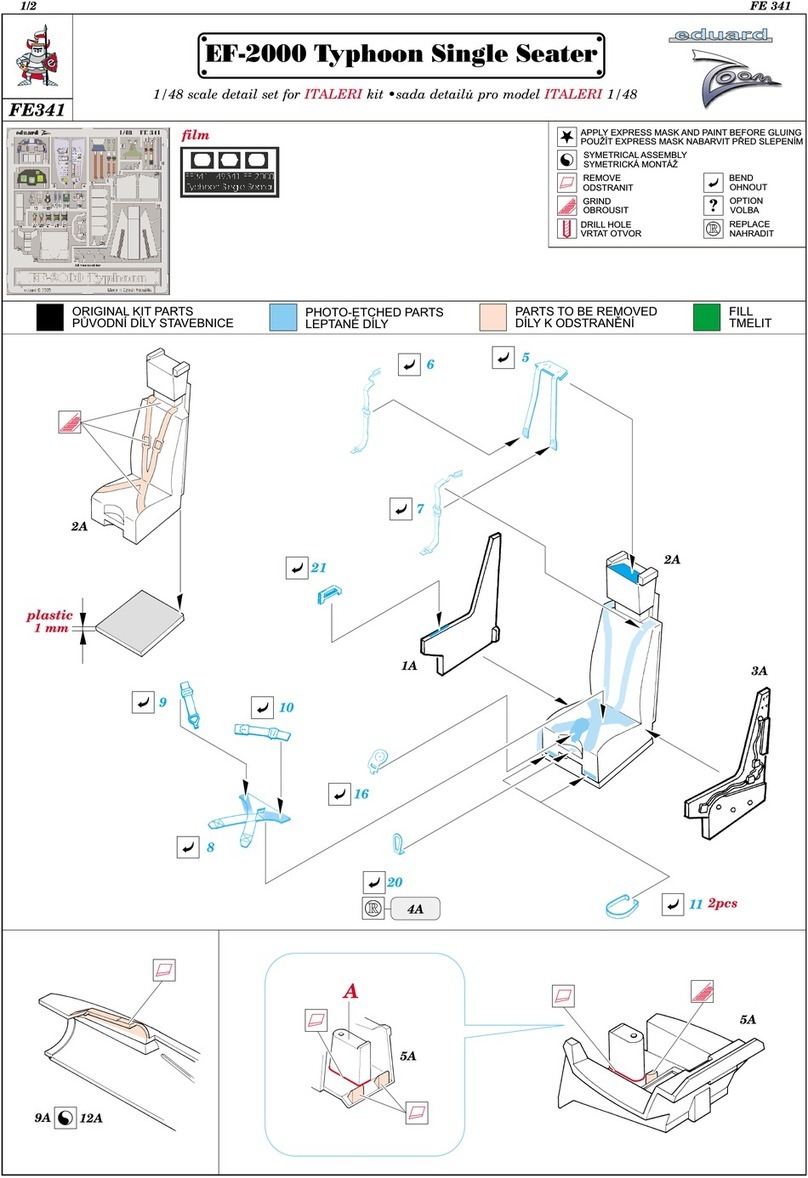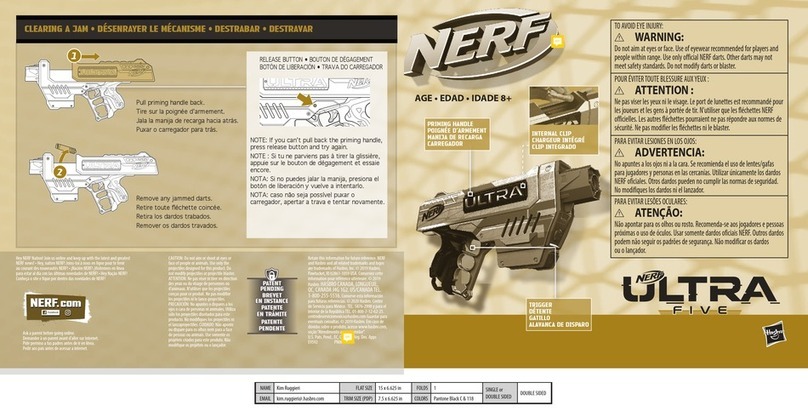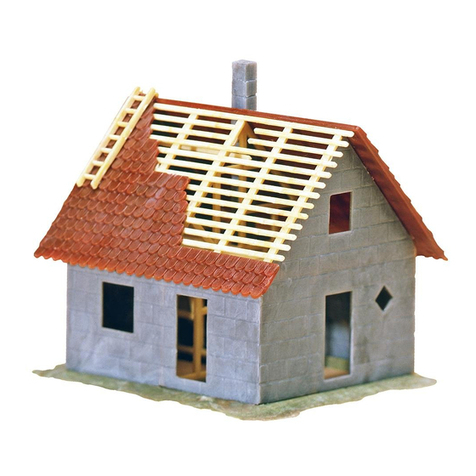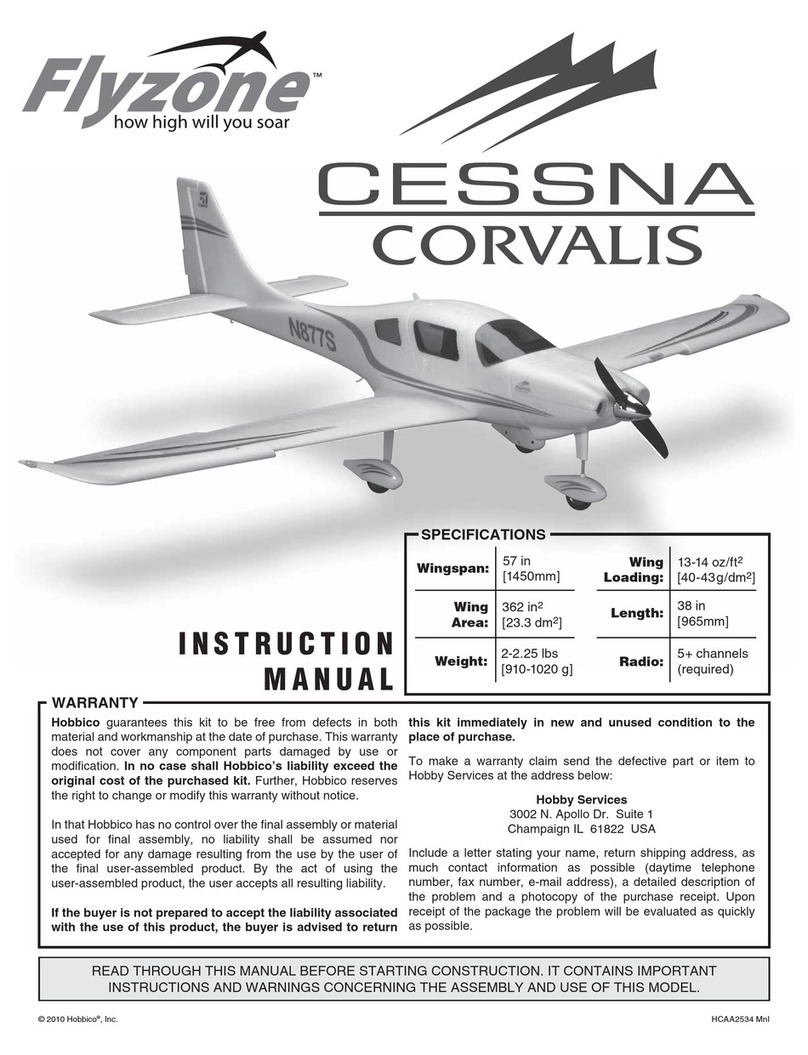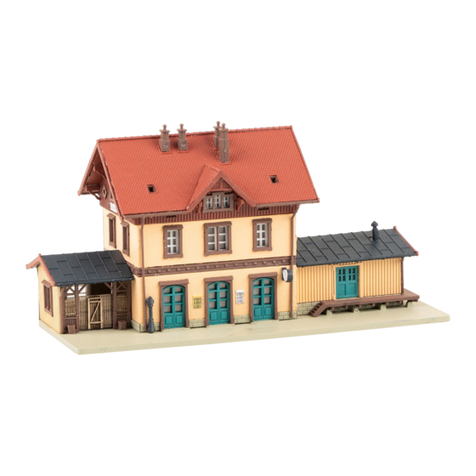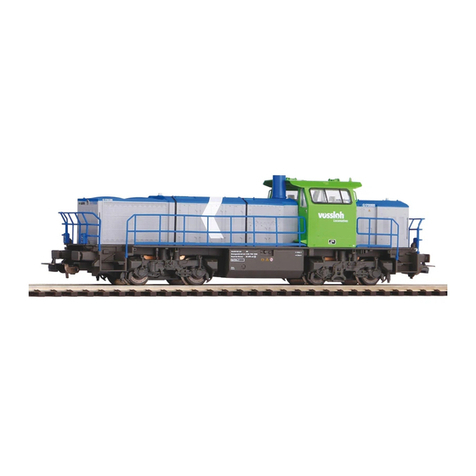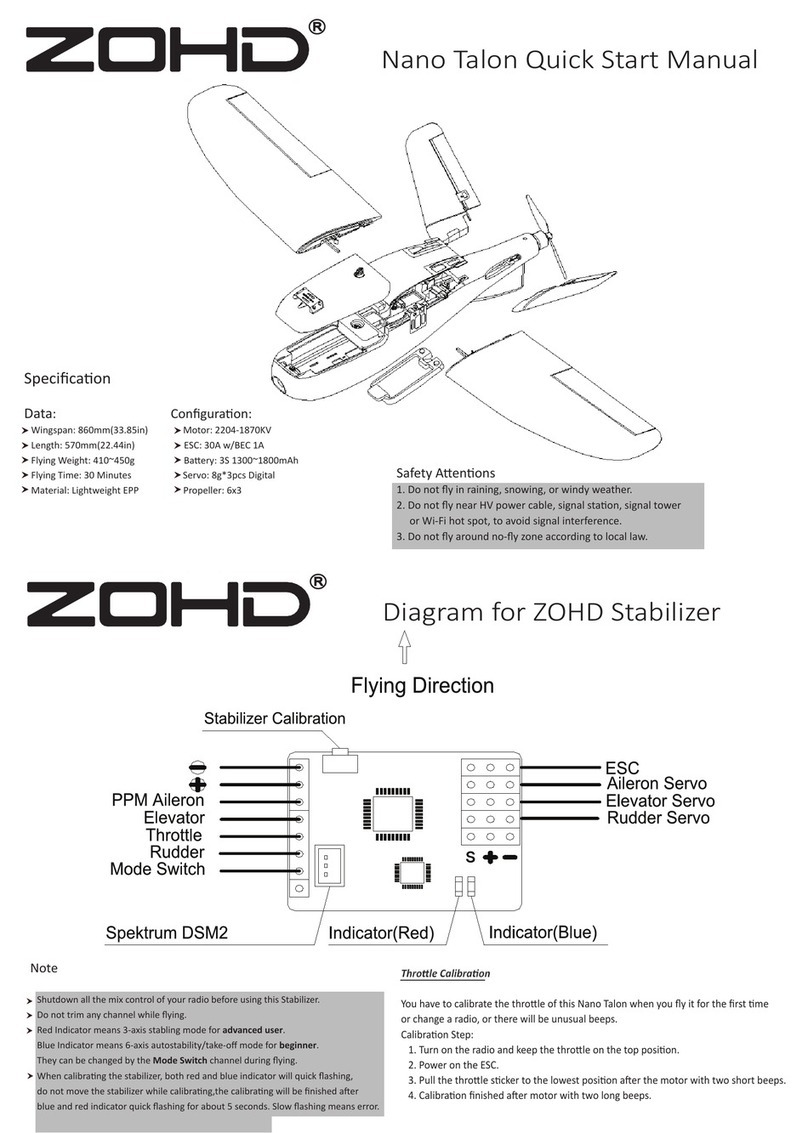
First aid in case of accidents
Advice for supervising adults
Basic rules for safe experimentation (safety rules)
Safety notes
Important: In case of injury, seek immediate medical help.
When conducting experiments with chemicals:
››› In case of contact with the eye: Wash out eye with plenty of water, holding eye open if
necessary. Rinse from the nose outward. Seek immediate medical advice.
››› In case of swallowing: Wash out mouth with water, and drink some fresh water. Do not
induce vomiting. Seek immediate medical advice.
››› In case of inhalation: Move person into fresh air, for example, into another room with
open windows or outside.
››› In case of contact with the skin or in case of burns: Wash affected area with plenty of
water for five minutes. Cover burns with a bandage. Never apply oil, powder, or flour
to the wound. Do not lance blisters. For larger burns, seek immediate medical help.
››› In case of cuts: Do not touch or rinse with water. Do not apply any ointments, powders,
or the like. Dress the wound with a germ-free, dry first-aid bandage. Foreign objects
such as glass splinters should only be removed from the wound by a doctor. Seek the
advice of a doctor if you feel a sharp or throbbing pain.
When in doubt, seek medical advice without delay. For accidents involving chemicals, al-
ways take the chemical with its container to the doctor or tell the doctor the name of the
chemical.
Dear Parents,
With this crystal-growing chemistry ex-
periment kit, you and your child will be
able to produce some extraordinary crys-
tals. You will be able to display and view
your “magical” crystals in the lockable
display cases.
It is natural to have questions about the
safety of a kit that contains chemicals. The
experimental equipment in this kit meets
U.S. and European Safety Standards,
which specify safety requirements for
chemistry experiment kits. These stan-
dards impose obligations on the manufac-
turer, such as forbidding the use of any
particularly dangerous substances. The
standards also stipulate that adults
should assist their children with advice
and assistance in their new hobby.
Emphasize to your child the importance of
following all of this information, and the
importance of performing only those ex-
periments that are described in this manu-
al. Only carry out those experiments
which are listed in the instructions. The in-
correct use of chemicals can cause injury
and damage health. Inform your child, but
do not frighten him or her — there’s no
need for that.
This experiment kit is for use only by chil-
dren over years. Because children’s
abilities vary so much, even within age
groups, supervising adults should exer-
cise discretion as to which experiments
are suitable and safe for them. The in-
structions should enable supervisors to
assess any experiment to establish its
suitability for a particular child.
You should carefully review the experi-
ments and select only those that you con-
sider appropriate for your child/children.
The supervising adult should discuss the
warnings and safety information with the
child or children before commencing the
experiments. Particular attention should
be paid to the safe handling of acids, alka-
lies, and flammable liquids.
Hot water is used to dissolve the crystal
salts. You should devote special care to
handling it safely and assist your child
when help is needed. Please ensure ade-
quate fire safety when heating water on
the kitchen stove!
When performing the experiments, please
be sure not to let the alum and red prussi-
ate crystal salts come into contact with
your skin, eyes, or mouth. It is also impor-
tant to prevent the crystal salts, their so-
lutions, and especially the completed
crystals from getting into the hands of
young children. They might mistake the
crystals for candy and put them into their
mouths.
Please be careful not to let the chemicals
get into the hands of young children.
The area surrounding the experiment
should be kept clear of any obstructions
and away from the storage of food. It
should be well lit and ventilated and close
to a water supply. A solid table with a
heat resistant top should be provided.
The work area should not be in the kitchen,
as chemicals should be kept strictly sepa-
rate from foods and kitchen equipment. A
cool basement room would be ideal. Do
not use any containers or tools in the
kitchen after you have used them for
growing crystals.
Always get any required equipment and
chemicals ready before beginning an ex-
periment. The safety glasses are particu-
larly important!
We wish you and your child a lot of fun
with your color-changing crystals!
››› 1. Read these instructions before use,
follow them, and keep them for reference.
Pay special attention to the quantity speci-
fications and the sequence of the individu-
al steps. Only perform experiments that
are described in this instruction manual.
››› 2. Keep young children, pets, and those
not wearing eye protection away from the
experimental area.
››› 3. Always wear eye protection. If you
wear corrective eyeglasses, you will need
protective goggles for those who wear cor-
rective eyeglasses. When working, wear
appropriate protective clothing, like an old
smock and smooth gloves.
››› 4. Store experimental sets, finished
crystal(s), and other substances out of
reach of young children, such as in a lock-
able cabinet.
››› 5. Clean all equipment after use.
››› 6. Make sure that all containers are ful-
ly closed and properly stored after use.
Carefully close the chemical vials after
use and return them to their places in the
experiment kit.
››› 7. Be sure to properly dispose of all
empty containers (chemical vials).
››› 8. Wash your hands after carrying out
the experiments. Chemicals that acciden-
tally get onto your skin must be rinsed off
immediately under running water.
››› 9. Do not use any equipment which has
not been supplied with the set, or that you
are not specifically asked to obtain for a
particular experiment.
››› 10. Do not eat, drink, or smoke in the ex-
periment area.
››› 11. Do not allow chemicals to come into
contact with eyes or mouth.
››› 12. Do not allow any substances or so-
lutions to get onto your body.
››› 13. Do not grow crystals in any rooms
where people will be eating, drinking, or
sleeping.
››› 14. Be careful when handling hot water
and hot solutions. Be particularly careful
with hot burners, and don’t forget to turn
them off after use! Do not inhale any hot
vapors!
››› 15. Make sure that the container with
the liquid is out of the reach of children un-
der 10 years of age while you are growing
your crystals. All filled containers should
have a label indicating what they contain.
Also, note the information on the chemical
vial labels and the information about han-
dling the crystal salts.
SAFETY ADVICE …
Good chemists always
work carefully and safely.
So please read and follow these in-
structions as well as the safety ad-
vice, the first aid information, the
safety rules, and the information
about handling the crystal salts and
disposing of them in an environmen-
tally responsible manner. Always
keep the safety information on hand
for reference.
Before starting the experiments,
discuss all the safety information
with your child or children!
Before starting the experiments, please read the
following information carefully. These rules will
make it easy to avoid any possible risks!
Contents
2nd Edition © 2011, 2012 Franckh-Kosmos
Verlags-GmbH & Co. KG,
Pfizerstraße 5–7, D-70184 Stuttgart, Germany
This work, including all its parts, is copyright protected.
Any use outside the specific limits of the copyright
law without the consent of the publisher is prohibited
and punishable by law. This applies specifically to
reproductions, translations, microfilming, and storage
and processing in electronic systems and networks. We
do not guarantee that all material in this work is free
from copyright or other protection.
Concept: Ruth Schildhauer
Project management: Kristin Albert
Revision: Karin Bischoff
Technical product development: Dr. Petra Müller
Packaging concept and layout: Peter Schmidt Group
GmbH, Hamburg
Manual concept: Atelier Bea Klenk, Berlin
Manual typesetting and layout: Michael Schlegel,
komuniki, Würzburg
Manual illustration: Andrea Mangold, Munich
Packaging and manual photos: Michael Flaig, pro-
studios, Stuttgart (contents); Toria (whirlpool, ©shut-
terstock.com); mhp (blue light), Andre Bonn (scene of
the crime), artcalin (color stains, all ©fotolia.com)
1st English Edition © 2012 Thames & Kosmos, LLC,
Providence, RI
® Thames & Kosmos is a registered trademark of
Thames & Kosmos, LLC.
Editing: Ted McGuire; Additional Graphics and Layout:
Dan Freitas
Distributed in North America by Thames & Kosmos,
LLC. Providence, RI 02903
Phone: 800-587-2872; Email: support@thamesand-
kosmos.com
Distributed in UK by Thames & Kosmos-UK
Phone: 01883-730122; Website: www.thamesandkos-
mos.co.uk
We reserve the right to make technical changes. Printed in Germany / Imprimé en Allemagne
› Potassium aluminium sulfate (potassium alum)
chemical vial, g (item no. )
› Potassium hexacyanoferrate(III) (red prussiate)
chemical vial, g (item no. )
› Lid remover
› measuring cups
› Wooden spatula
› Pipette
› Safety glasses
› crystal display cases
Before you start, check to make sure that the kit con-
tains the right chemical salts, potassium aluminium
sulfate (potassium alum) and potassium
hexacyanoferrate(III) (red prussiate).
You will also need:
Tap water or distilled water (from supermarket or drug
store), old pot, trivet or hot pad, pot holder, clean,
empty jelly jar (without lid), paper towels, scissors,
tape, small screwdriver, pencil or pen, household
vinegar, iron nail
Instructions for using the safety glasses (item no. 052297)
Use The safety glasses are only to be used with
the experiment kit. No other type of application
is permitted. Wear the glasses in such a way
that the eye area is protected. If necessary, ad-
just the elastic band to the head circumference
of the child. The safety glasses should be used
together with contact lenses. Wearers of cor-
rective eyeglasses need special safety glasses
for people who wear glasses.
Duration of use Always wear the safety glass-
es while performing your experiments. Not in-
tended for long-term use. The duration of use
should not exceed the time of the experiment.
Storage Store safety glasses at room tempera-
ture in a dry room. After the experiment, return
them to their place in the kit box, to keep them
from being scratched.
Cleaning Do not clean the safety glasses when
they are dry. Clean them with plain water and,
if necessary, with a mild household liquid de-
tergent, and dry them off with a soft cloth.
Maintenance In case of defective safety glass-
es or scratched lenses, exchange the glasses
for an equivalently constructed pair.
Inspection Check the safety glasses to make
sure they are in good condition, and replace
them if they are damaged.
Warning Some extremely sensitive individuals
may under certain circumstances experience
an allergic reaction to skin contact with some
substances.
Replacement These safety glasses are avail-
able as a replacement part.
The safety glasses are tested per EC guideline
//EWG (personal protective equipment)
and EN -.
Test center: Certification center 0197 • TÜV
Rheinland Product Safety GmbH • Am Grauen
Stein • D-51105 Köln, Germany
Franckh-Kosmos Verlags-GmbH & Co. KG · Pfiz-
erstraße 5–7 · 70184 Stuttgart, Germany
Information on handling the chemicals
Please note the following risk and safety infor-
mation for the potassium aluminium sulfate
(potassium alum) and potassium
hexacyanoferrate(III) (red prussiate) salts in-
cluded in this kit.
Potassium aluminium sulfate (potassium
alum): Avoid inhaling dust. Do not allow chem-
ical to get into eyes or on skin.
Potassium hexacyanoferrate(III) (red prussi-
ate): Avoid release into the environment.
NOTE! The following applies to both chemi-
cals: Keep them locked away. Do not let them
get into the hands of children.
This primarily applies to young children, but
also to older children who — unlike the experi-
menter — have not been appropriately in-
structed by adults.
Also follow this safety guideline: IF A CHEMI-
CAL IS SWALLOWED: Immediately seek medi-
cal advice and/or attention and be ready to
provide the chemical packaging label.
If chemicals come into contact with skin, rinse
the skin with running water immediately. Do
not inhale the dust and powder of the
chemicals.
OPENING THE CHEMICAL VIALS:
1. Sometimes a portion of the chemical will
stick to the lid of the chemical vial. To
prevent any from falling onto your
hand, bang the bottom of the
vial several times against the
work surface before opening it.
2. Then open the chemical vial with
the lid opener. Close the vial
again immediately after use!
If the chemicals have formed clumps, it’s not a
sign of poor quality, but simply means that
moisture — from the air mostly — has gotten
inside the container. That will not affect their
function. The age of your chemicals will also
make no difference.
CLEANING AND DISPOSAL OF WASTE:
Cleanliness is especially important in chemis-
try. Always clean up any used containers and
your work area immediately following the ex-
periments. Rinse the containers with clean wa-
ter and dry them with paper towels, and then
dispose of the used paper towels in the trash.
Since you will only be dealing with small
quantities of harmless chemicals in this experi-
ment kit, you can simply rinse any liquid
wastes down the drain with plenty of water.
With the “Prussian blue” solution, add a little
washing detergent first. Dispose of any solid
wastes in the household garbage.
SAVING THE CRYSTALS:
Always save your finished, dry crystals in the
lockable display cases included in the kit!
Tip!
You might sometimes need a little extra
force to open and close the containers. Have an
adult help you.
CAUTION!
››› Only for use by children over 10 years of age. Not
suitable for children under 10.
››› To be used solely under the strict supervision of
adults who have studied the precautions given in the
experimental set.
››› Contains some chemicals which are classified as
safety hazards.
››› Read the instructions before use, follow them, and
keep them for reference.
››› Do not allow chemicals to come into contact with
any part of the body, particularly the mouth and
eyes.
››› Keep young children and pets away from
experiments.
››› Store the chemistry kit out of reach of young
children.
››› Eye protection for supervising adults is not included.
Save the packaging and instructions, as they contain important information.
SAFETY INFORMATION
Poison Control Centers
The following resources are available day and night to provide information on measures that
should be taken in all cases of poisoning:
When in doubt, seek medical advice without delay. Bring the chemical and its container with
you. In case of injury, always seek medical advice.
Poison Control Centers (United States)
In case of emergency, your nearest poison
control center can be reached everywhere in
the United States by dialing the number:
1-800-222-1222
Local Hospital or Poison Centre (Europe)
Record the telephone number of your local
hospital or poison centre here:
Write the number down now so you do not
have to search for it in an emergency.
EXPERIMENT MANUAL
WARNING — This set contains chemicals
and parts that may be harmful if misused. Read
cautions on individual containers and in manual
carefully. Not to be used by children except
under adult supervision.
COLOR-
CHANGING
CRYSTALS



